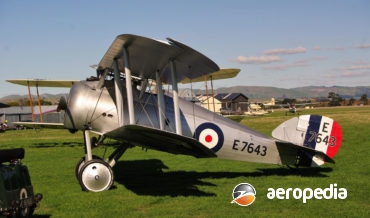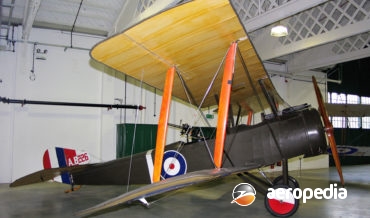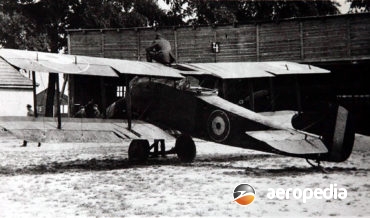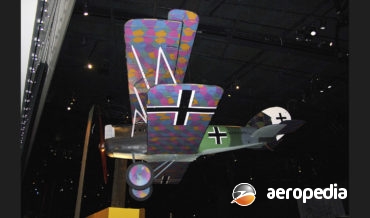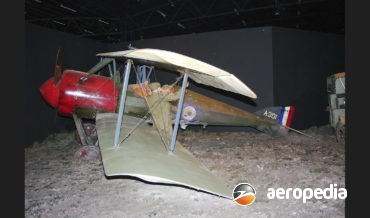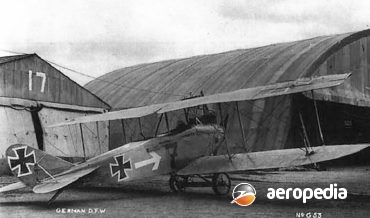All Contents
Contents
The Type N was designed and built by Aeroplanes Morane-Saulnier, Societe anonyme de Constructions Aeronautiques in Paris, the prototype being taken to a flying meeting held at Aspera in Vienna in late June 1914, the pilot being Roland Garros.
David C. Eyre
- June 28, 2020
Designed by Herbert Smith, chief designer of the Sopwith Company, as a replacement for the Camel, the 7F.1 Snipe first appeared in mid 1917.
David C. Eyre
- May 19, 2019
In order to design an aircraft that was superior to any produced in Germany, the design team at Sopwith in early 1916 designed a triplane, this machine having three narrow chord wings but the wing area giving plenty of lift.
David C. Eyre
- May 19, 2019
The Sopwith 1½ strutter was the first Sopwith aircraft to achieve widespread use as a fighting aeroplane.
David C. Eyre
- May 19, 2019
The Sopwith 3F.2 Buffalo was an armoured two-seat aircraft designed specifically for low-level observation where it regularly became the subject of ground fire, and many crews were in danger and suffered many casualties amongst pilots and observers.
David C. Eyre
- May 19, 2019
The Pfalz D.XI appeared at the June 1918 German fighter trials at Adlershof and was shown in two models, one with a Mercedes D.IIIa engine and the other with a BMW III engine.
David C. Eyre
- May 19, 2019
Following the interest, and some success, with Triplanes by other manufacturers in Europe, Pfalz developed the Dr.1 Triplane, the prototype of which was powered by a 119 kw (160-hp) Siemens Halske Sh III geared rotary engine.
David C. Eyre
- May 19, 2019
The Plalz D.III or Scout was built by the Pfalz Flugzeug Werke on the Rhine River and designed by Rudolfo Gehringer following the completion of orders for the E-type monoplanes.
David C. Eyre
- May 19, 2019
The Model BB was one of a number of fighter designs produced in France during World War I by Societe Anonyme de Aeroplanes Morane-Saulnier.
David C. Eyre
- May 19, 2019
Deutsche Flugzeug-Werke (DFW) produced the C.V during World War I, this being one of the best two-seat fighters built during that conflict.
David C. Eyre
- May 19, 2019
The Spad series of fighting scouts was produced by the Societe Pour Aviation et ses Derives (SPAD), the chief designer being Louis Bechereau.
David C. Eyre
- May 8, 2019
It seems there were two Junkers J.1 aircraft, the first, the Blechesel,known as the‘Tin Donkey” or “Sheet Metal Donkey” being the world’s first practical all-metal monoplane and appeared at the beginning of World War
David C. Eyre
- May 8, 2019
Recent Comments
Archives
Categories
- No categories
Categories
- No categories
Latest Posts
Newsletter


